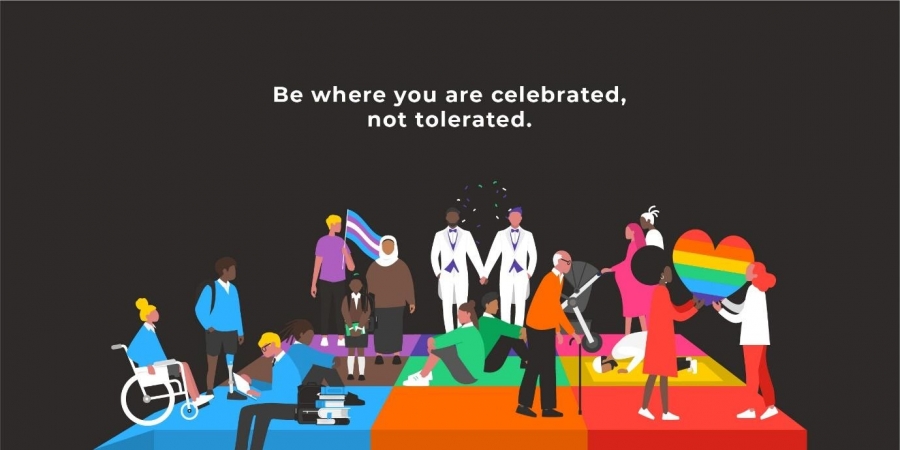5 tips for teaching diversity, equity and inclusion:
- Promoting Acceptance: One of the British Values is tolerance, but acceptance is the ultimate goal in creating a culture of kindness, compassion and empathy. How can we create a sense of curiosity about humanity and holistically develop the children we teach? Check out the fantastic work by No Outsiders.
- Increasing Visibility: We need to consider representation across the school, from who is on our display boards, who is on our reading lists, who is on our lesson presentations, who is speaking in assembly. Put yourself in one of your student’s shoes and walk around the school. See if you can see yourself on the walls, in the library, and in the curriculum.
- Encouraging Celebration: Does your school calendar include all religious festivals? Do you mark national and international days and harness them as opportunities to celebrate? International Day of the Girl, World Mental Health Day and Black History Month are all on the horizon in the autumn term. How will you and your students mark them together? Also consider how you can leverage other dates such as National Poetry Day to spotlight and showcase diverse voices.
- Creating Belonging: We often make reasonable adjustments when a child from a diverse background or with additional needs joins our class or our school. How can we flip that and make our spaces inclusive all the time? Consider the layout of your classroom: Could a child with a disability move around it, or do you need to move some furniture around? Consider the way you communicate: Could a child with English as a second language understand your instructions, or could you dual code more? Consider your gendered language: Could you moderate the use of ‘girls’ and ‘boys’ now before a trans or non-binary child joins your class?
- Enabling Learning: It is our responsibility to keep reading, to keep learning, and to grow in confidence when it comes to diversity, equity and inclusion. We need to check our power and our privilege and actively listen to understand. We need to consciously diversify our thinking, be aware of our biases, and diversify the circles we move in. By pushing ourselves out of our comfort zones, we will meet people who challenge us and whom we will learn from.
4 tips for leading diversity, equity and inclusion:
- Diverse Recruitment: Where are you advertising and how are you advertising? Job adverts put a lot of people off from applying. Some things to consider: Is your commitment to diversity, equity and inclusion clear? Is your language inclusive? Is your imagery diverse? Have your recruitment panels had unconscious bias training?
- Diverse Leadership: In many schools, the teachers are diverse but the leaders are not. What is your school / MAT’s policy for talent management and leadership development? How can you invest in the potential of your whole staff and challenge the nepotism of promotion? How can you plug the leaky pipeline of diverse talent? Make sure you are connected to your local Equalities and Diversities Hub.
- Diverse Governance: When we look up at our governing bodies and trust boards, whom do we see? What message are we sending to our staff body and our school community when the decision-making power is not diverse? Check out the Everybody on Board campaign.
- Diverse Curriculum: The commitment to diversity is a long-term goal for the school sector and needs to be embedded in curriculum design. What are you plans to review your long term, medium term and short term plans to ensure that your curriculum is inclusive? How can you integrate Global Citizenship and the Sustainable Development goals across the curriculum? What are the quick wins? We recommend checking out Lyfta.
We founded Diverse Educators to be a grassroots community that creates a space for intersectional conversations about diversity, equity and inclusion in education. Training opportunities include webinars, coaching, leadership programmes and conferences (both face to face and virtual).
Our annual #DiverseEd event is held in the South each January, but in June we launched a virtual event which went viral. Speakers explored what diversity means for children, for teachers, for leaders, for governors and for the curriculum. Our next event is being held on October 17th. It is free and it is virtual, and you can register here and catch up with the below.
![]() Looking for more resources to support your teaching and learning? Check out the best education technology resources on our sister platform EdTech Impact.
Looking for more resources to support your teaching and learning? Check out the best education technology resources on our sister platform EdTech Impact.


















